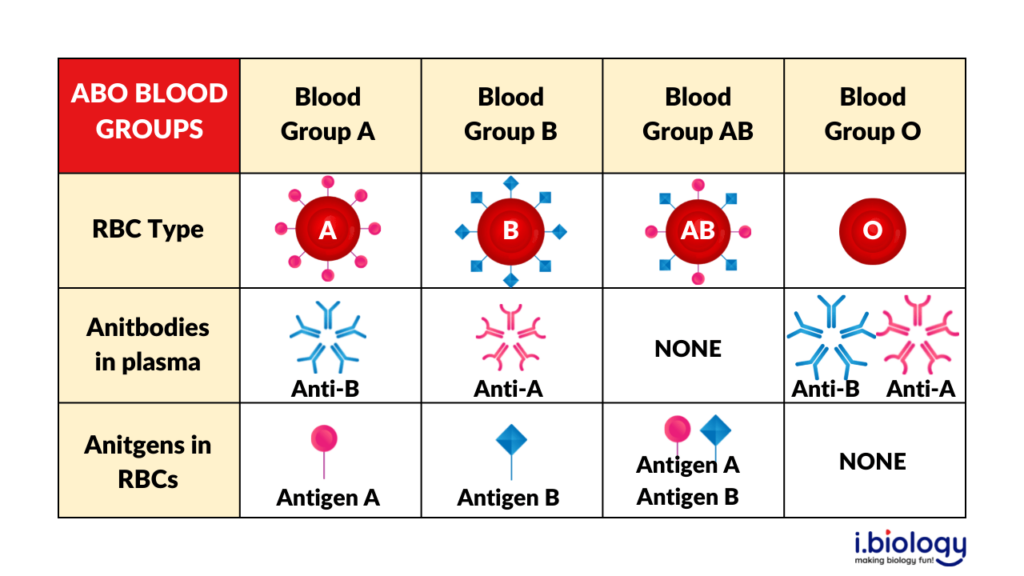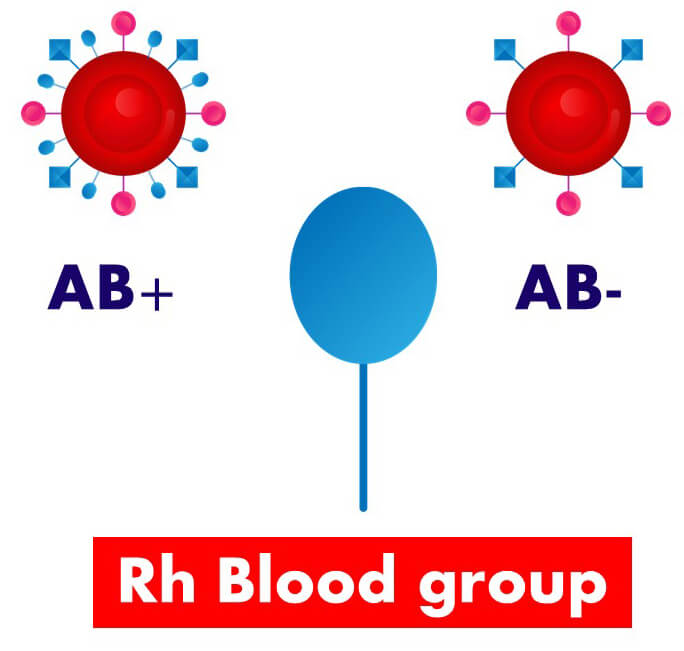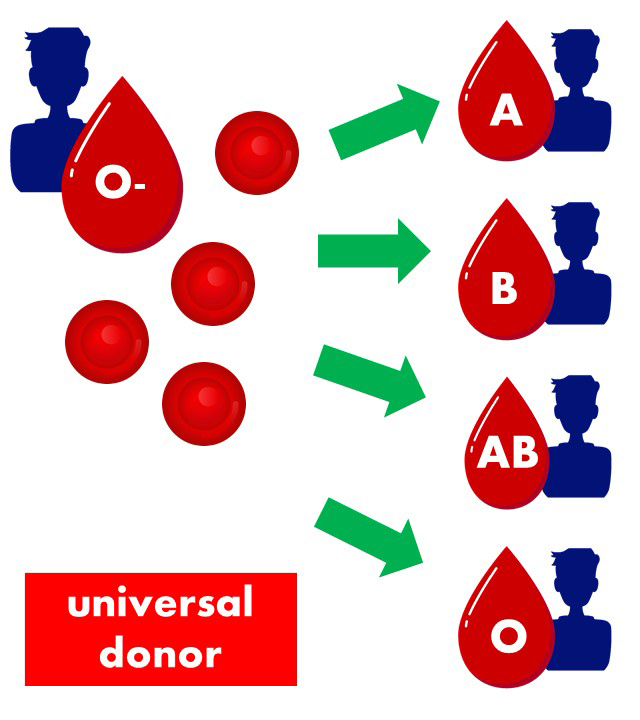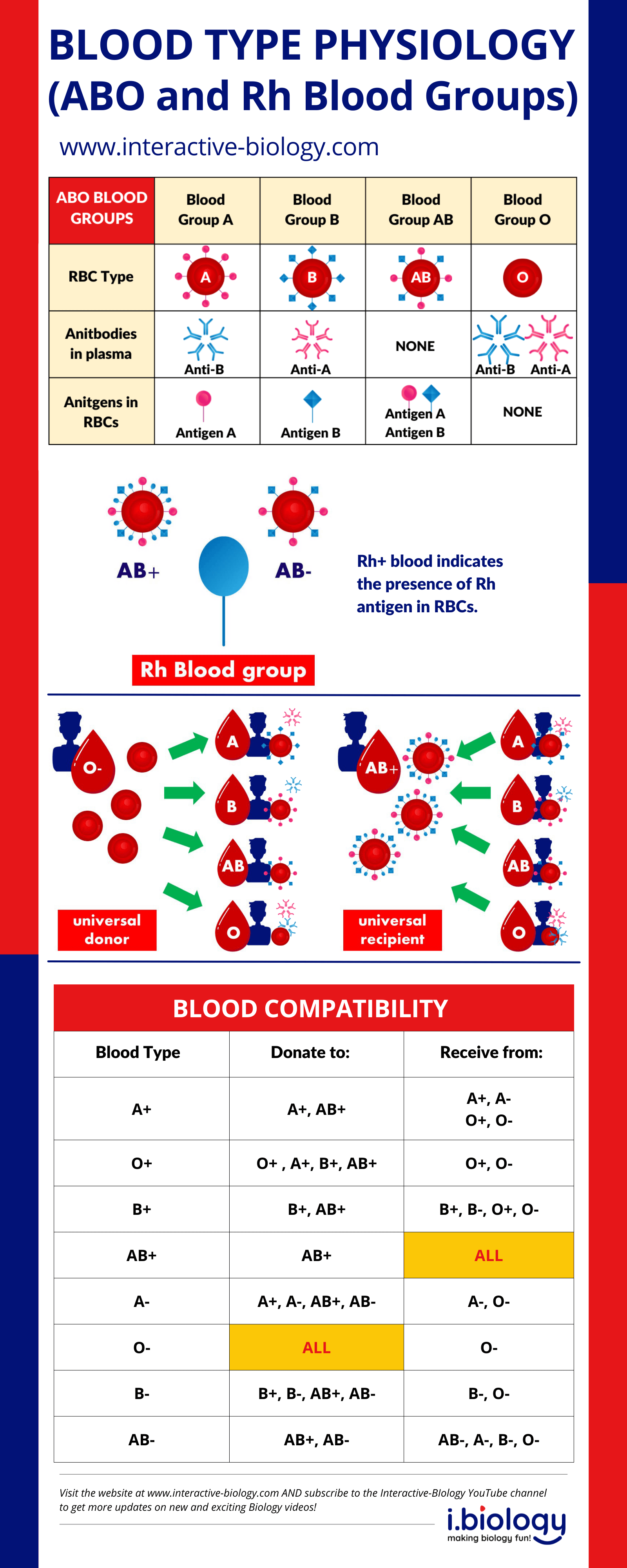Click here to comment on YouTube
Do you know your blood type? Even more – do you know what it means? Let’s understand the physiology behind blood types.
The Immune System
Before we can dig into the different blood types and how they all work, we have to briefly touch on how one part of the immune system works.
Your immune system exists to protect you from bad stuff. Something foreign enters your body and your white blood cells can produce antibodies to fight against that foreign invader.
Well, the substance that the body recognizes as foreign is called an antigen. When specific white blood cells detect the antigen, they produce antibodies so that your body can attack, and hopefully get rid of that invader.
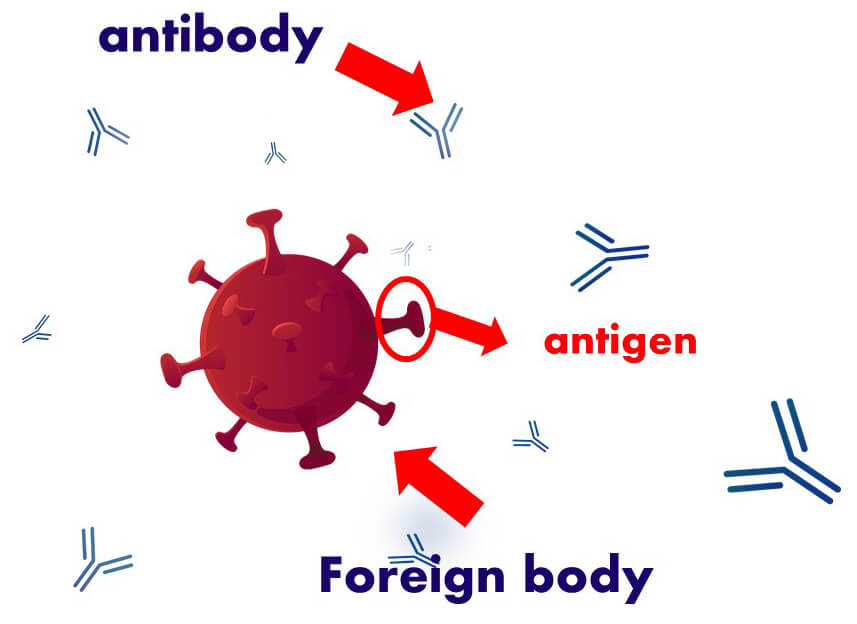
The Blood Group Antigens
Red blood cells have a bunch of antigens on their surfaces, but the important ones where blood types are concerned are divided into two groups. The ABO blood group and the Rh blood group. Let’s deal with the ABO blood group first.
The ABO Blood Group Antigens
A person can have either Type A, type B, type AB, or type O blood. These are the 4 options. And this really indicates the presence or absence of two specific antigens – A antigens and B antigens.
- If a person has type A blood, their erythrocytes (or red blood cells) have type A antigens on their surfaces;
- If a person has type B blood, the red blood cells have type B antigens on their surfaces;
- If a person has Type AB blood, you guessed it, they have both type A and type B antigens on their surfaces;
- And lastly, if a person has type O blood, they don’t have either – no A antigen, no B antigen. Think of that O as a 0 and tell yourself – they got nothing. It’s pretty straightforward.
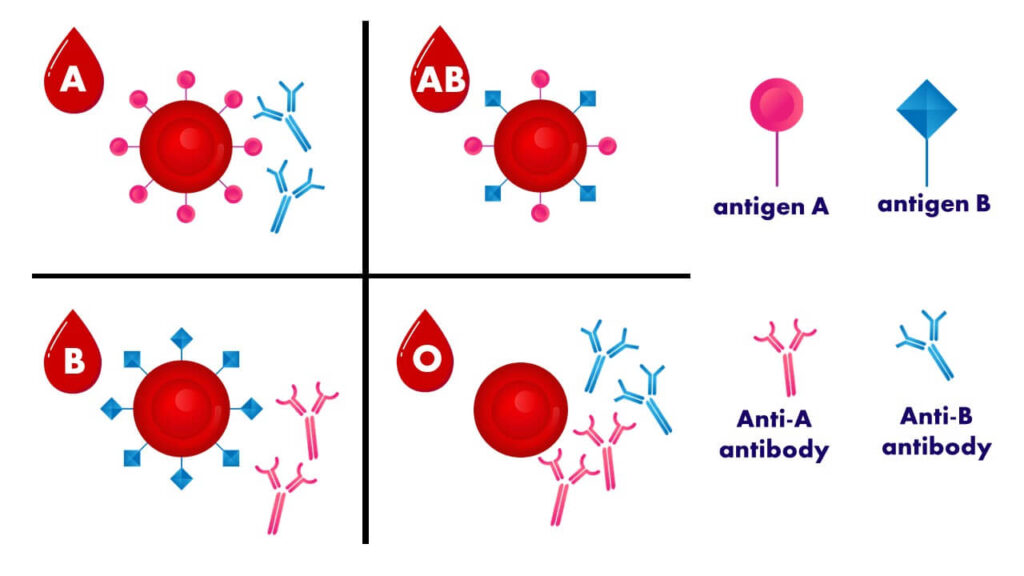
Now here’s where it gets tricky, especially when it comes to getting blood transfusions.
If a person has type A blood, we know they have A antigens on the surface of their red blood cells. But they also have antibodies against B antigens, because those are foreign. We call those anti-B antibodies.
RBC Agglutination
So if they get a blood transfusion from a person with type B blood, their immune system is going to attack. And because of how antibodies have a Y-shaped structure, they’re actually going to attach to multiple red blood cells causing them to clump together. And this process is called agglutination.
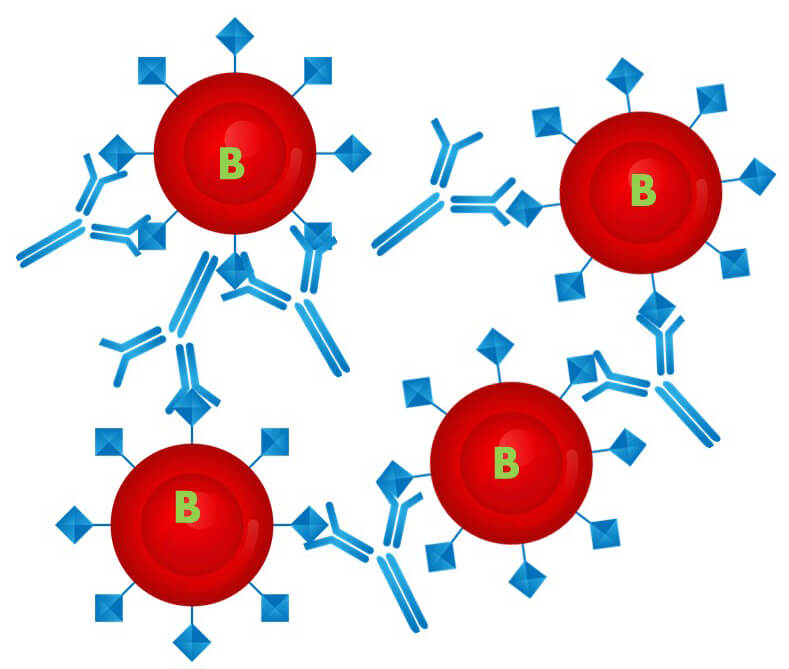
This clumping can block blood vessels, cutting off the oxygen and nutrient supply to the tissues. And then the immune system will start destroying the foreign red blood cells. That causes hemoglobin to leak out. The kidney will try filtering that hemoglobin, but that can quickly cause a huge load on the kidney leading to kidney failure. This is all very bad stuff.
And before we knew about blood types, getting a blood transfusion was like playing Russian roulette. It could go well, or you could just randomly die.
Ok, so type A blood has anti-B antibodies. A person with type B blood has anti-A antibodies. A person with type AB blood, yes they have both antigens, but they don’t have any antibodies to either A or B. If they did, they’d attack their own blood cells. And lastly – a person with type O blood – they have both anti-A and anti-B antibodies. Makes sense.
Because of all of this, a person with Type A blood can get a transfusion from a person with the same blood type – Type A, or a person with Type O blood since type O blood has neither of the antigens.
A person with Type B blood can get a transfusion from a person with Type B blood or once again – a person with Type O blood.
A person with Type AB blood, well – they don’t have either anti-A nor anti-B antibodies. So they can get blood from a person with Type A, B, AB and even O blood. This is why that person is called a universal recipient. Their immune system won’t attack blood cells from any of the groups because they don’t have the antibodies. They can get from just about anyone – with one caveat and we’ll talk about that in a minute.
And lastly – a person with Type O blood, well they have both antibodies. So they can only get blood from a person with Type O blood. But as we saw, they can give blood to anyone since they don’t have the antigens on their surfaces – but once again – with one caveat that we’ll talk about – well – right now.
The Rh Blood Group
As we mentioned at the beginning, yes – we have the ABO blood group. But we also have the Rh blood group. A person can either have Rh positive blood or Rh negative blood. And once again, this has to do with the presence or absence of a specific antigen on the red blood cells – the Rh antigen. If they have the Rh antigen, they are Rh positive. If they don’t, they’re Rh negative.
Now if a person is Rh-, and they’re exposed to Rh+ blood, they’ll produce Rh antibodies against that Rh antigen. But if they are Rh+, they won’t produce Rh antibodies because – well, the immune system isn’t going to fight against something that’s normally in your body – unless something goes very wrong.
So – technically, the Universal recipient is a person with AB+ blood. Because an AB- person will produce anti-Rh antibodies when exposed to Rh+ blood. And technically, the universal donor is a person with type O- blood, once again for the same reason.
And that, my friend, is how this whole blood type system works.
That’s it for now, and I’ll see you in the next video. Peace.

